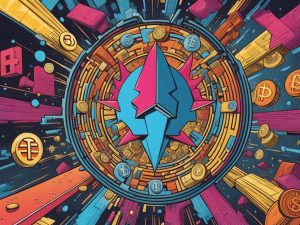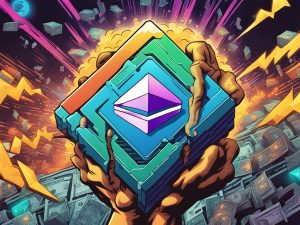Cardano Completes Hard Fork to Transition into the Voltaire Era
Recently, Cardano successfully executed a hard fork named ‘Chang’ at block 10,764,778, signaling the beginning of the Voltaire Era. This transition introduces on-chain governance utilizing the native token ADA. With this update, ADA holders now have the authority to elect representatives and vote on crucial development proposals.
The Significance of a Hard Fork
A hard fork refers to modifications made to a blockchain’s protocols, leading to the creation of a new blockchain that operates alongside the original one. In Cardano’s case, the latest hard fork honors Phil Chang, the leader behind the Voltaire initiative at IOHK. Under the new governance structure, entities like the Cardano Foundation, Input Output Global (IOHK), and Emurgo no longer have exclusive decision-making power concerning hard forks and major updates.
- Introduction of a new governance model
- Constitutional committee (CC)
- Delegate representatives (DReps)
- Stake pool operators (SOPs)
- Rollout plan in two phases
- Phase 1: Establishment of the constitutional committee
- Phase 2: Introduction of DReps and on-chain voting system by 2025
- Activation of Plutus v3 for enhanced smart contract functionality
Cardano’s Future Outlook Post Hard Fork
Despite the successful implementation of the hard fork and the advancements it brings, Cardano’s token, ADA, experienced a 2.6% decline in value within the last 24 hours. This drop aligns with the broader downward trend in the cryptocurrency market as a whole, as reported by CoinGecko.
Hot Take: What’s Next for Cardano?
With the completion of the hard fork, Cardano enters a new era of governance and development, setting the stage for community-driven decision-making and advancements. Stay tuned for further updates on how this transition impacts Cardano’s ecosystem and the broader crypto landscape.
Sources:
– Cardano Roadmap
– CIP-1694 Information
– CoinGecko Data





 By
By
 By
By
 By
By

 By
By
 By
By